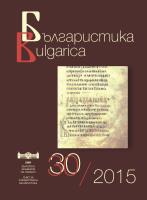
Книги 2014–2015 г.
Selected bibliography in the field of Bulgarian Studies published in 2014-2015
More...We kindly inform you that, as long as the subject affiliation of our 300.000+ articles is in progress, you might get unsufficient or no results on your third level or second level search. In this case, please broaden your search criteria.

Selected bibliography in the field of Bulgarian Studies published in 2014-2015
More...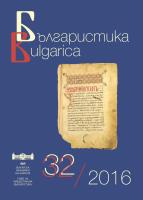
Selected bibliography in the field of Bulgarian Studies published in 2015-2016
More...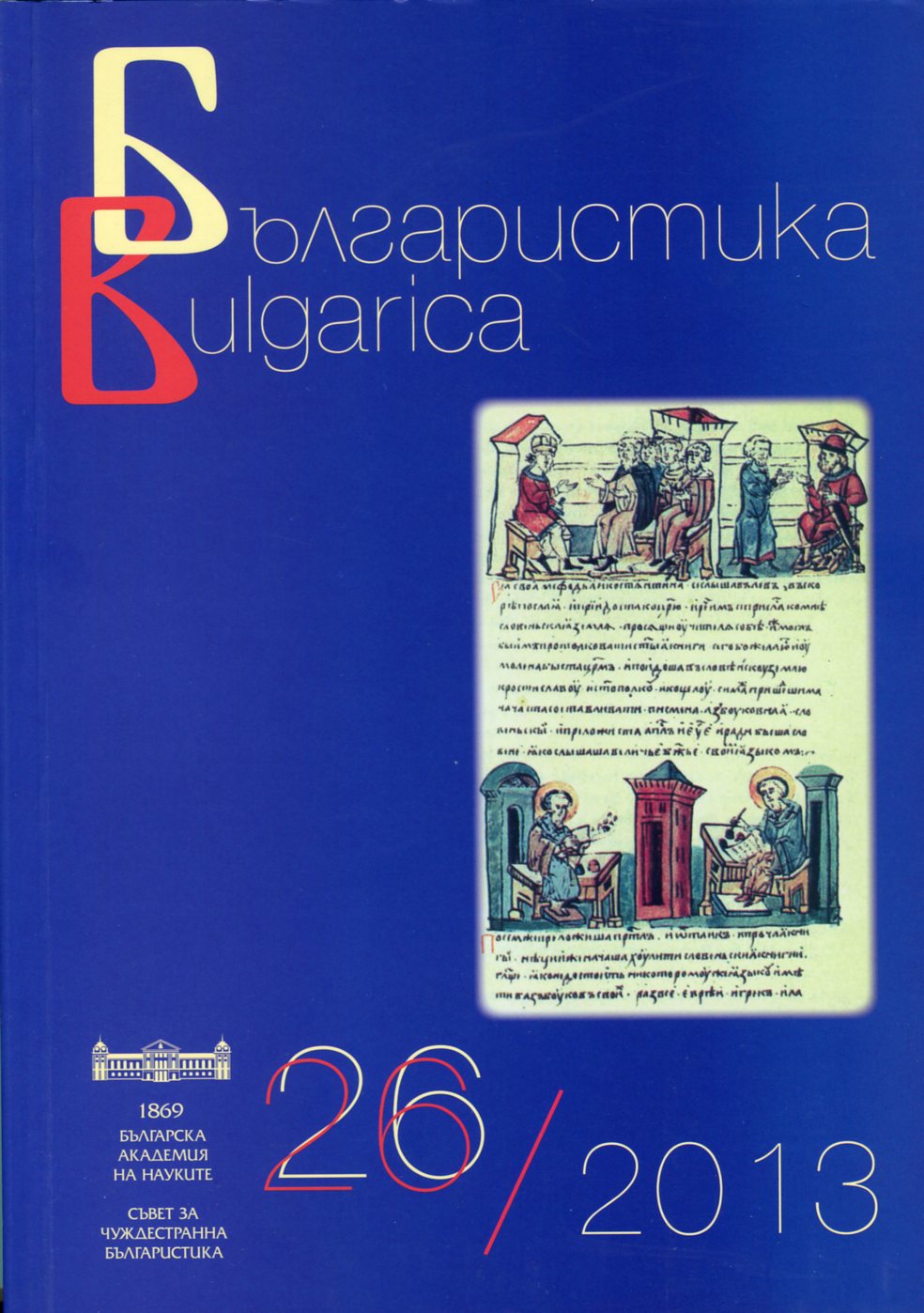
Selected bibliography in the field of Bulgarian Studies published in the current year.
More...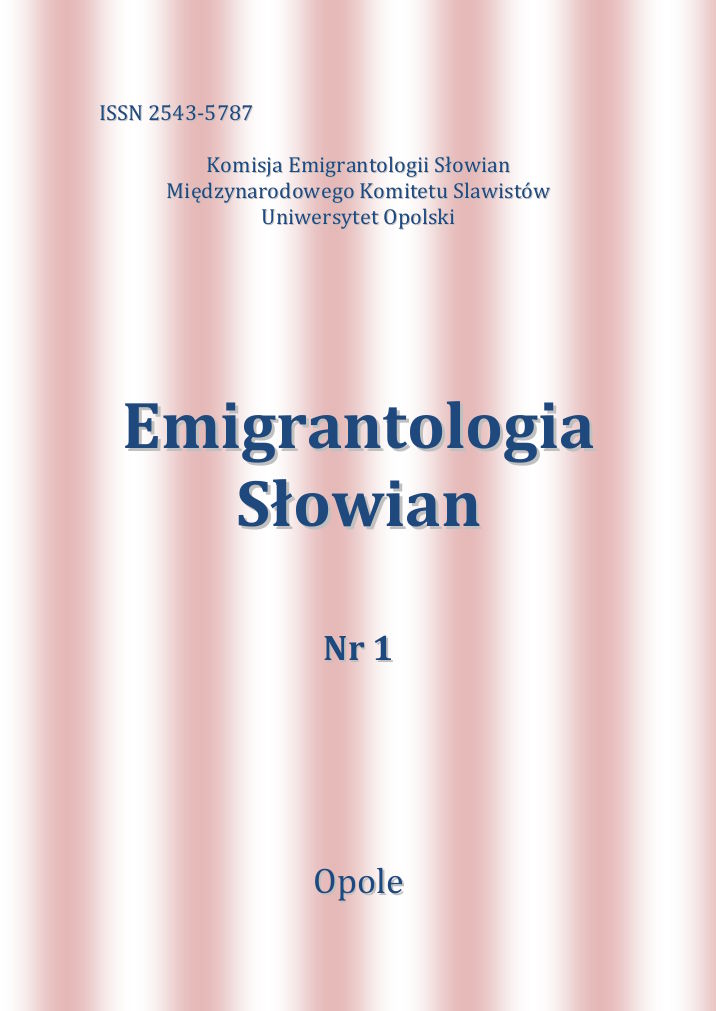
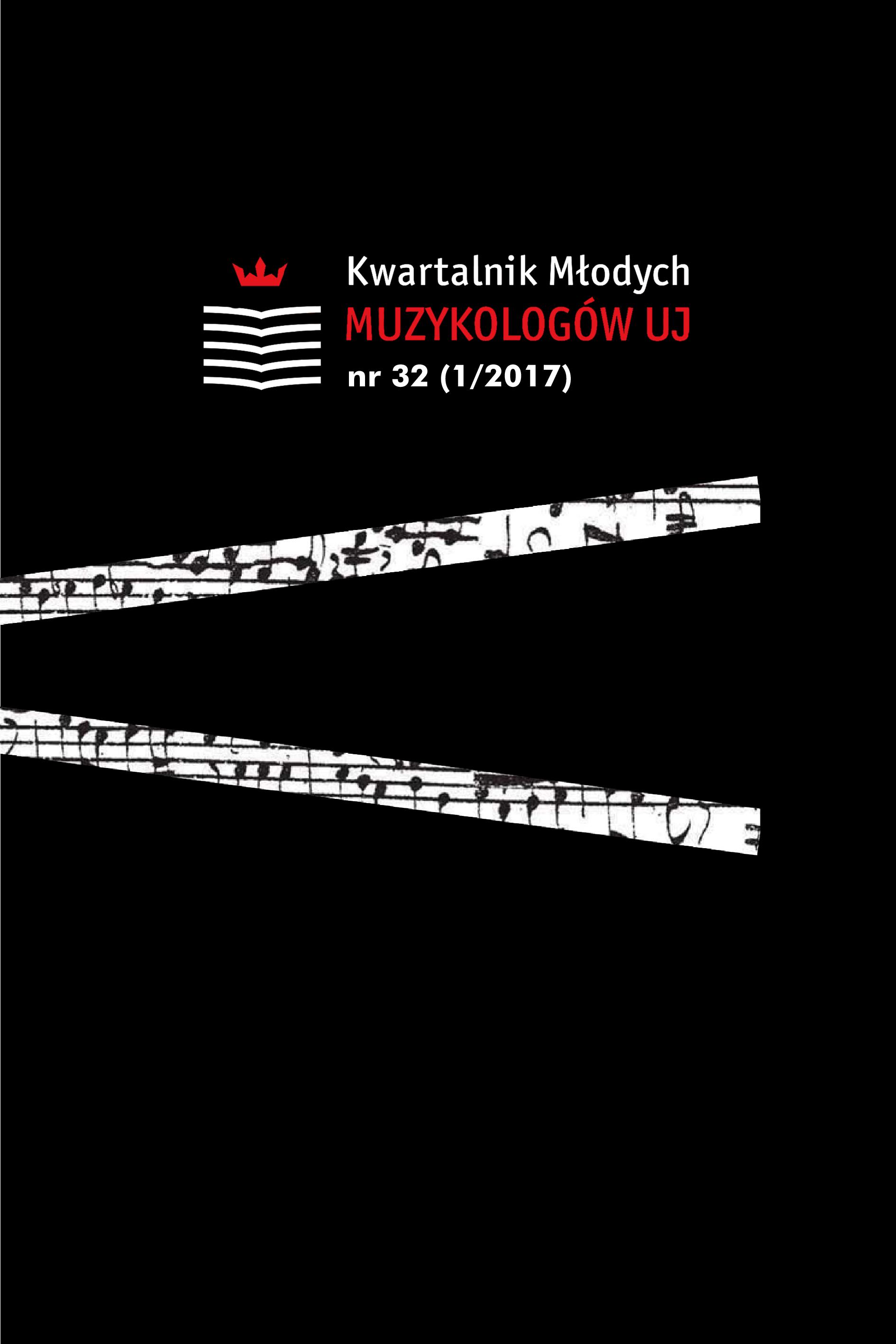
Discontinuum-continuum: the theory of composition by Julio Estrada. The Julio Estrada’s output is still the unexplored area, what creates the opportunity to study the phenomenon called discontinuum-continuum. During the last 36 years of the creative activity, Estrada has developed several aspects of the macro timbre that integrate several compounds of a composition. In his research, Estrada confronts two different situations in the compositional process: continuous transformation of the sound and chronographical method, using strictly defined recording process in order to receive three-dimensional movements of the sound in the topological order. As a result of existing these two situations, a musical work is impossible to be defined by one technique or musical style. Examination of the theory of composition called discontinuum-continuum allows one to understand a new methodology of musical creation that involves scientific research of the physical phenomenon of sound and introspection of the imagination of the sound.
More...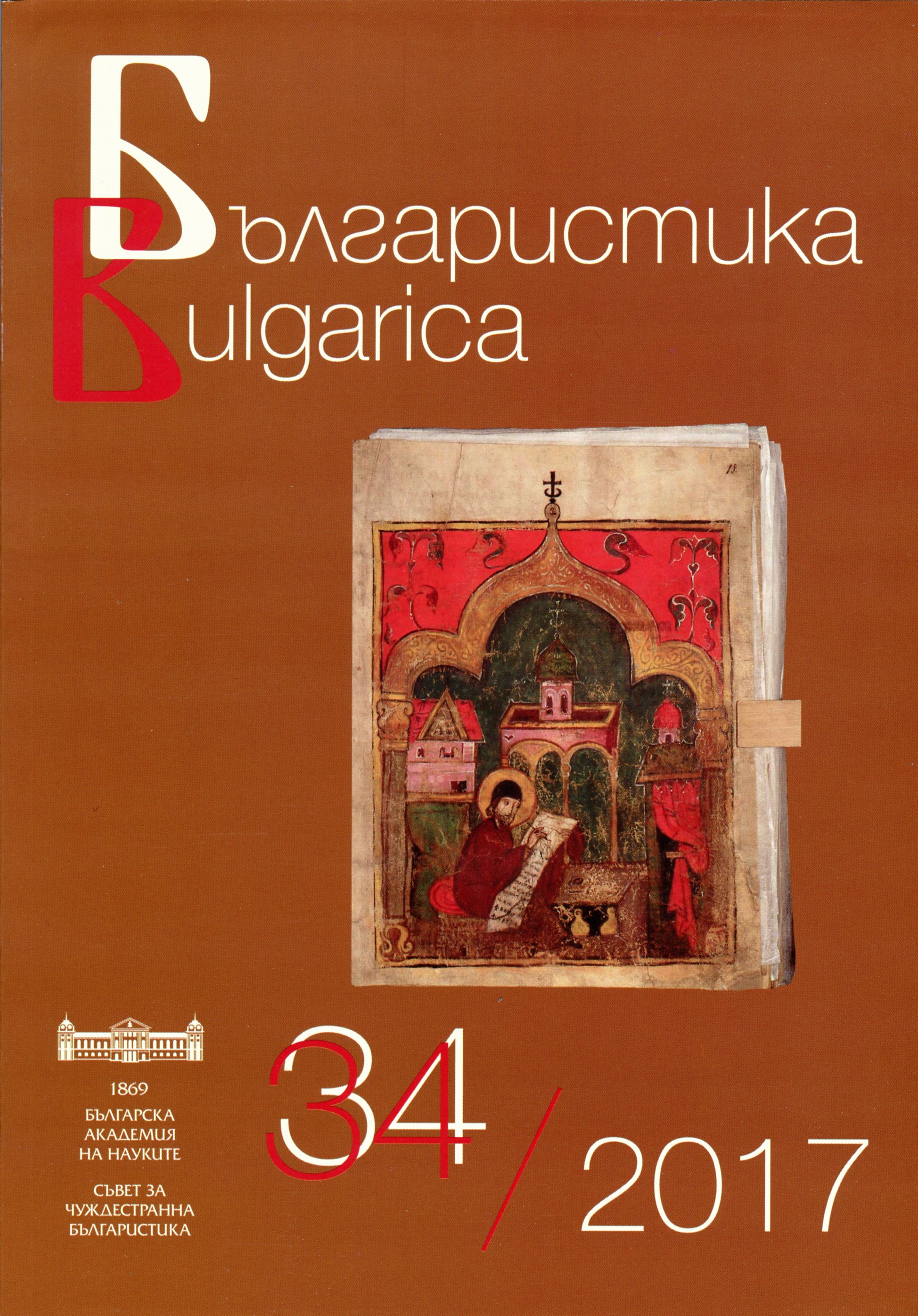
Selected bibliography in the field of Bulgarian Studies published in the current year
More...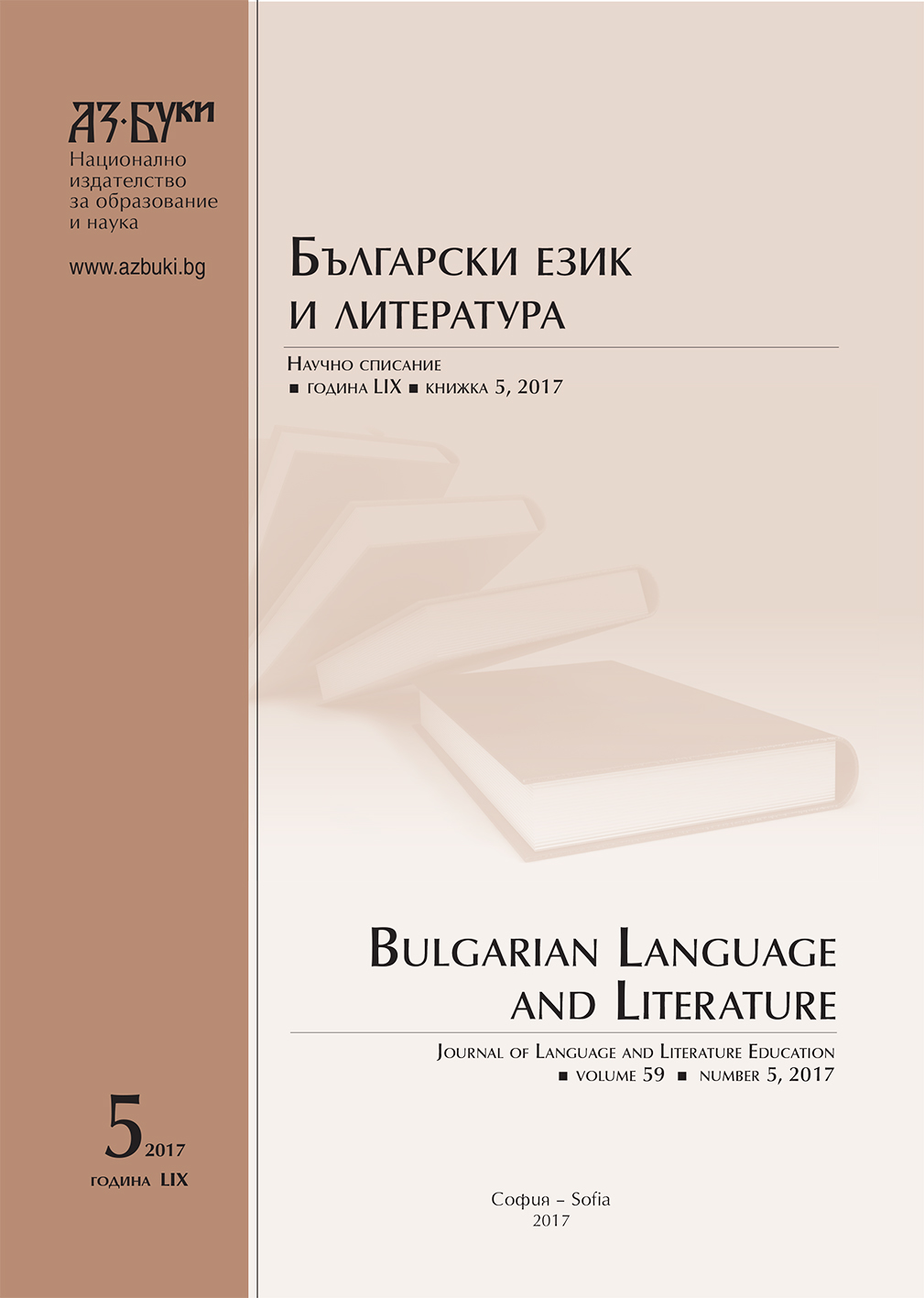
This article presents a possible model for teaching 9th grade Literature material related to the Bible and the Old Bulgarian literature by applying the knowledge that the students have acquired during the Information Technology classes. The demonstration of the student presentations about famous Bulgarian monasteries favors the formation of teamwork skills, the creative usage of the Internet resources and the improvement of the knowledge connected with the subjects studied in 9th grade.
More...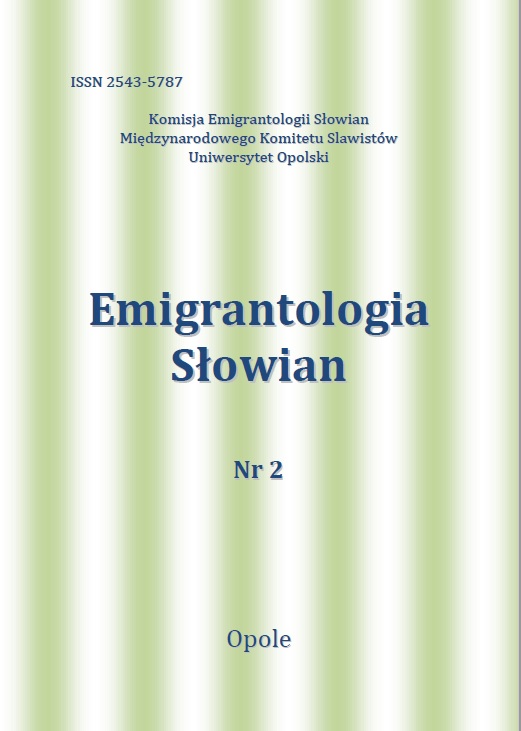
Conference report on an international scientific conference “Old Believers Abroad”, held in Toruń 19th-20th September 2016. The conference was devoted to various aspects of life of Old Believers’ communities outside Russia, as well as the problems of Old Believer emigration and general questions of Old Believerism.
More...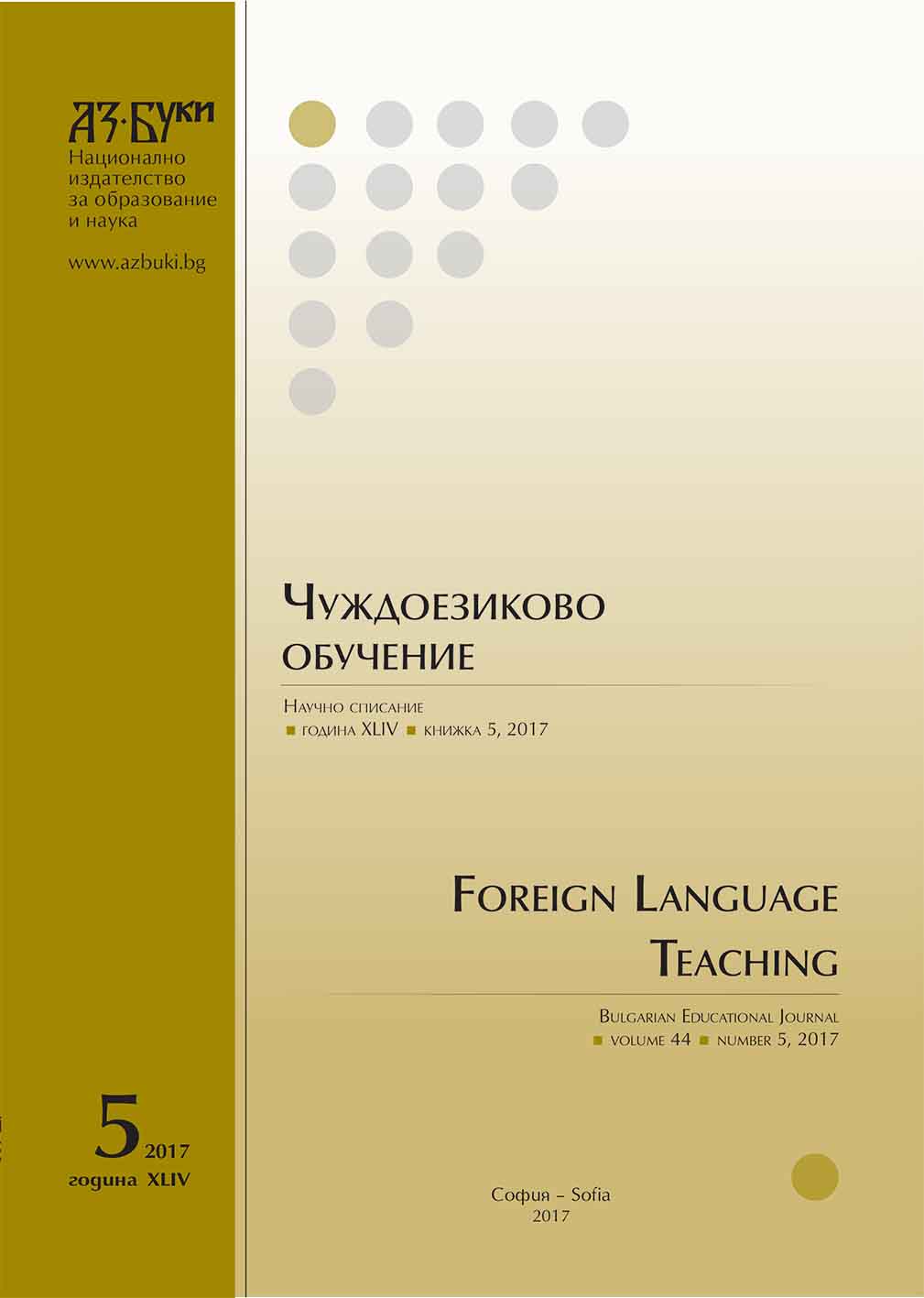
Conversation analysis is an interdisciplinary research programme assuming an innovative theoretical approach and unique methodology. The present article follows its origin in sociology in the 60’s and 70’s of the 20th century, its conceptual grounds and the factors of its formation and consequent development, its gradual and difficult confirmation and its broad application in the close humanities and even in natural sciences. This review outlines the points of contact between conversation analysis and its direct predecessor, ethnomethodology, situates conversation analysis in the field of discourse analysis and mentions its contribution to foreign language teaching.
More...
Writing is a main component in second language acquisition. Writing skills are basic and include creating texts, which are assessed acording to the following criteria: content, organization and cohesion, range, register, target language, accuracy of language. The writing task, which results are analysed in this article, is partially constrained by presenting foreign students with initial and final sentences. The students were instructed to write several sentences in between those two which, when taken all together, would form a good text.
More...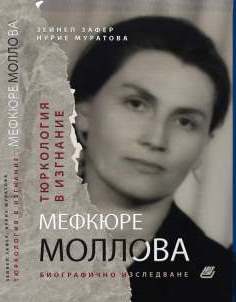
Mefküre Mollova was the first Turkish woman and university professor in Bulgaria, who defended her Ph.D. thesis in the field of turkology and gained international fame for her research. She is the author of over 150 publications in prestigious international journals that continue to be cited today. Mefküre Mollova was among the founders of the Turkish Philology at the University of Sofia. She had worked for only about 7 years (1953-1961), when she and her husband were dismissed from their academic positions on false claims, and the Department was closed. She remained outside the academia until the end of her life.
More...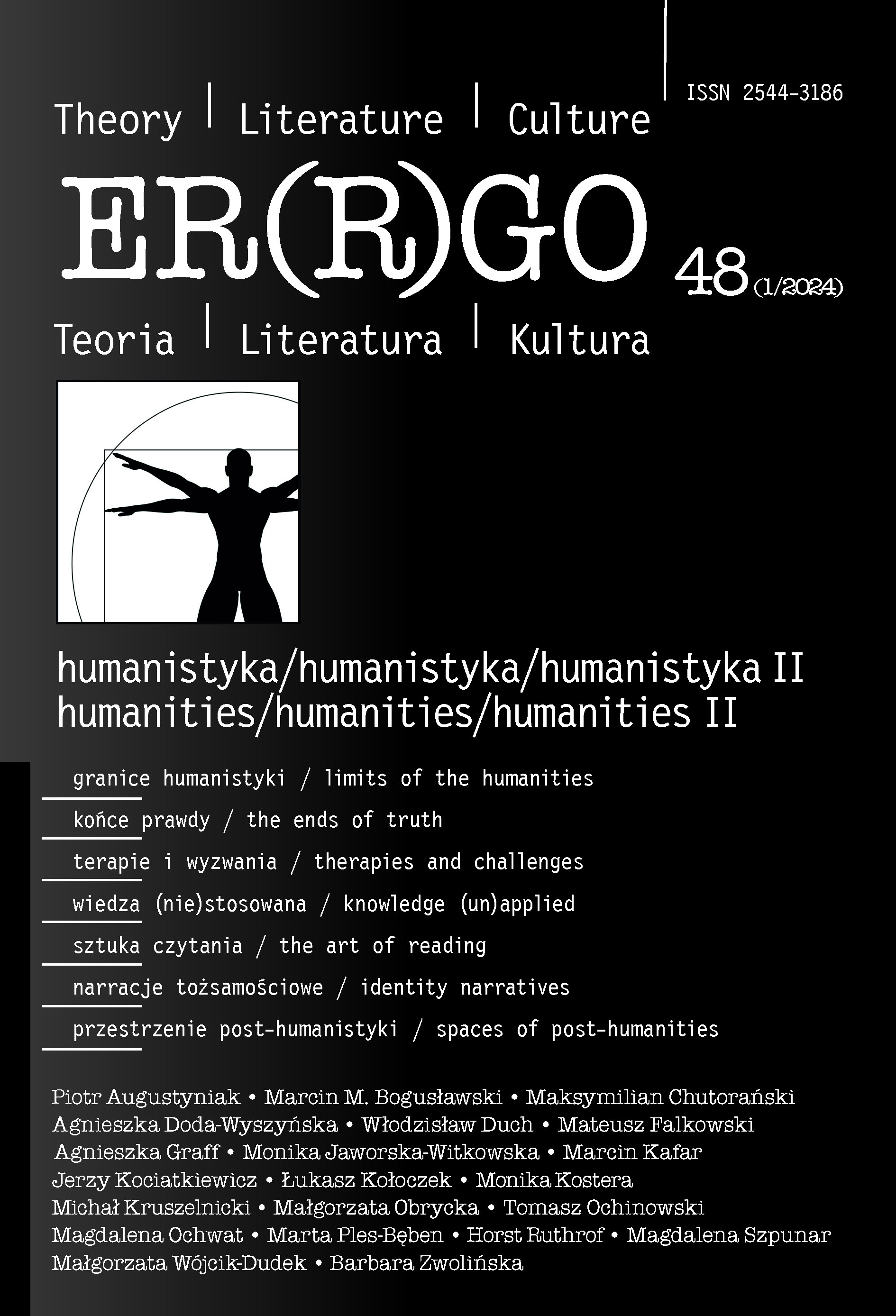
This article is about philosophy as a path, leading man, a civilised being, to re-establish communication with what Gilles Deleuze calls “primordial nature.” This foundational phenomenon, being the primary reservoir of life energy, underpins the existence of the human civilised world. However, by the same token, this phenomenon, since exempt from conditioning and subject to no restrictions or constraints, can disrupt the functioning of this world. Thus, disengagement from primordial nature is the fundamental purpose of the existence of civilization. Unfortunately, its development over time excessively diminishes that connection, deepening alienation, frustration and aggression in social life. I will undertake to demonstrate that the practice of philosophy can be one of the basic ways of coping with that inevitable civilisational impasse.
More...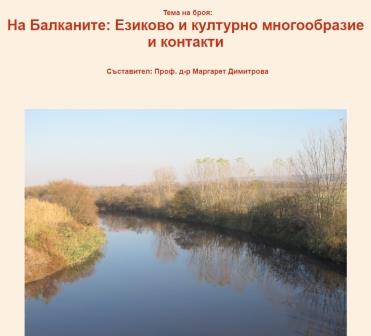
This paper approaches the naming word order in Bulgarian dialects from different regions of the country and from Bessarabia. In these dialects, the family name is placed first, then the father’s name follows, and the given name stands at the end. The author supposes that this phenomenon has appeared in the Bulgarian dialects under Greek and Turkic influence.
More...
The paper gives information on a medieval Slavonic translation of the Vita of St. Sabbas the Sanctified. A Middle Bulgarian copy of the translation (manuscript no. 226 of the 14th century, kept in Hilandar Monastery on Mount Athos) is edited with variant readings from two other copies: Hilandar 432 and Dragomirna 706.
More...
The author compares the lexical choices in three translations of Solomon’s Song made from Greek disseminated in medieval Slavonic Cyrillic manuscripts: an early translation of the late 9th or early 10th century and two later ones imbedded in catenae.
More...
The article explores Instapoetry, a genre emerging through social media, particularly Instagram, that has revolutionized modern poetry. Characterized by its concise, accessible form, it blends visual art with minimalistic verse, attracting a diverse, global audience. Prominent figures like Rupi Kaur, Lang Leav, and Atticus have led this movement, turning their personal reflections into widely shared expressions. Instapoetry's impact lies in its ability to democratize poetry, making it more inclusive while challenging traditional literary norms.
More...
Through constantly-surprising breakthrough into the numinous space, the religious man follows his path towards the full experience of the sacred, thus positioning himself in a state of anticipation of the encounter with the numinous – therefore in a closeness toward the numinous as the Other. This closeness toward an imminence will in turn impose an interpretive reporting on both the context and the Other – therefore a positioning through an enunciation with the intention of preparing an understanding of these states. However, preparing this enunciation related to the future encounter with the numinous does not only mean building a space, but also orientation towards a sense. By orientation towards sense, it becomes necessary to build a statement that follows a dynamic composition of signs and senses through which the positioning – of oneself and towards the Other – becomes an enunciation with meaning.
More...
The purpose of this article is to present, in the form of lexical notes, particular cases of popular etymologies in plants and to highlight the adaptation and effective use of plant names that proves to be appropriate, well circumstantiated, taking into account their subodoxastic knowledge in this semantic relationship.
More...
The Latin-Romance direction and the modernization of the Romanian literary language in the 19th century are two essential aspects in the development of modern Romanian, reflecting both external influences and the need for modernization and standardization of the national language. The Latin-Romance direction was a cultural and linguistic movement that promoted a return to the Latin origins of the Romanian language, in the context of the development of national consciousness and Romanian cultural identity. This movement was supported by the intellectual and political elites of the time, who viewed Latinity as a foundation of Romanian national culture and as a link to Western Europe. The modernization of the language also involved the adoption of neological borrowings, with French being the most influential language in this process, mainly due to the cultural and political prestige of France during this period. Due to its cultural proximity and shared Latinity, Italian was another important source of borrowings, particularly in the fields of arts and literature.
More...
In the evolution of Romanian civilization, the topic of gastronomy is not of particular interest among intellectuals, but, as Eugen Simion noted, writers – such as Costache Negruzzi and Mihail Kogălniceanu – were among the ones to ”display some sensitivity to what is called the gourmet discourse.” In this context, it is worth mentioning that Costache Negruzzi’s library included ”The Physiology of Taste”, written by Brillat – Savarin, whom Honoré de Balzac considered one of the great prose writers. Although gastronomy was not a fundamental dimension of his work, Kogălniceanu’s sensitivity to gastronomy is evident in many of his writings – elements of culinary art were incorporated both into his own lifestyle and the lives of his characters – and throughout his correspondence. In doing so, Kogălniceanu not only shaped the historical physiognomy of his era but also highlighted the refinement and good taste of certain social classes in mid-19th century Moldova.
More...